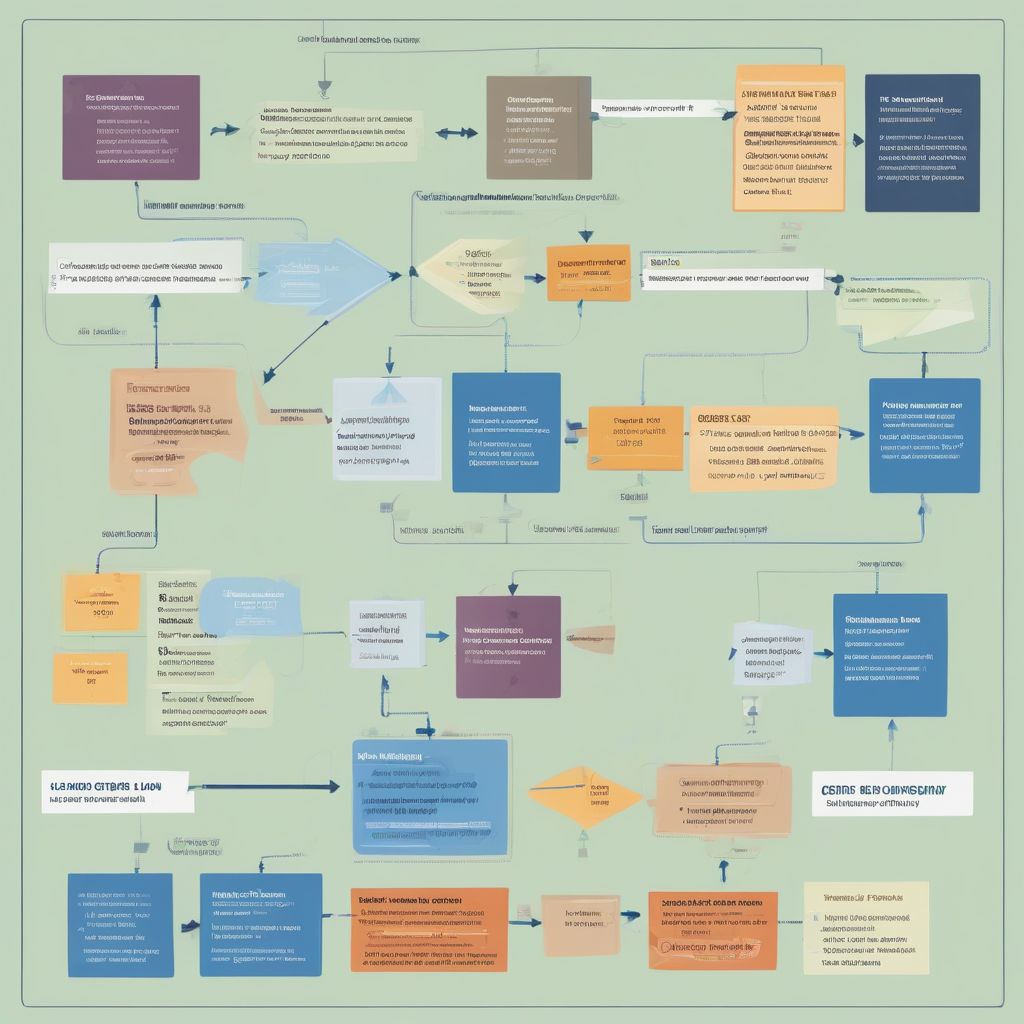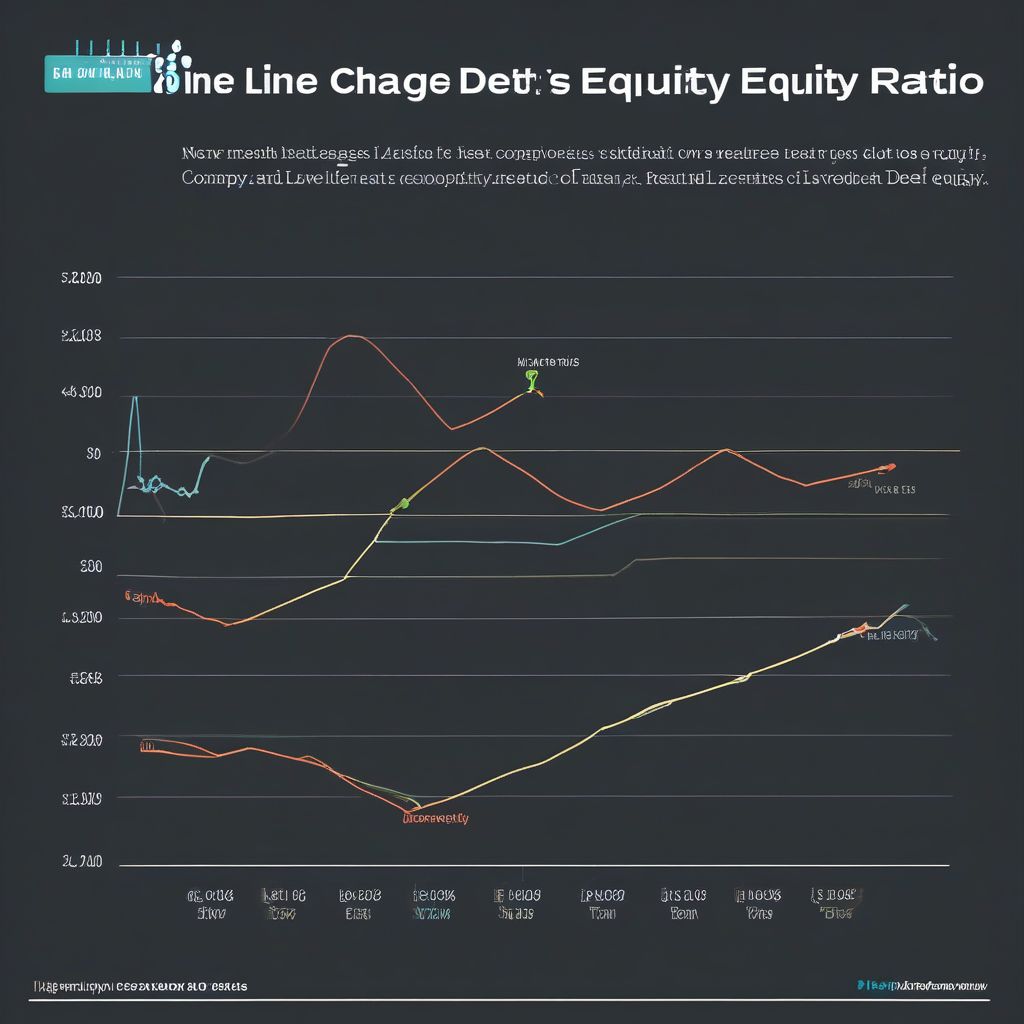In today’s economy, managing credit card debt is a common concern. High interest rates can make it seem like you’re stuck in a cycle of endless payments. However, there’s a powerful strategy that can help you regain control of your finances: credit card refinancing. By understanding How To Refinance Credit Card Debt, you can unlock lower interest rates, reduce your monthly payments, and accelerate your journey toward financial freedom.
Understanding Credit Card Refinancing: A Closer Look
Before diving into the strategies, let’s clarify what credit card refinancing entails. Essentially, it involves replacing your existing high-interest credit card debt with a new loan or credit card that offers a lower interest rate. This strategic move can significantly impact your financial well-being by saving you money on interest charges and potentially shortening your repayment term.
Why Refinance Credit Card Debt? Unlocking the Benefits
The decision to refinance credit card debt can be motivated by several compelling benefits:
- Lower Interest Rates: One of the primary advantages of refinancing is the potential to secure a significantly lower interest rate than what you’re currently paying. This translates to substantial savings over the life of your debt.
- Reduced Monthly Payments: By lowering your interest rate, refinancing can free up more of your monthly cash flow, allowing you to allocate funds toward other financial goals.
- Debt Consolidation: If you’re juggling multiple credit cards with varying interest rates, refinancing can simplify your finances by consolidating them into a single loan with a potentially lower overall rate.
- Improved Credit Score: As you consistently make payments on your refinanced loan, you can gradually improve your credit utilization ratio, which is a crucial factor in determining your credit score.
How To Refinance Credit Card Debt: Exploring Your Options
Now that you’re aware of the benefits, let’s delve into the various methods of refinancing credit card debt:
1. Balance Transfer Credit Cards:
These cards offer promotional periods with 0% APR on balance transfers, providing an excellent opportunity to pay down your debt interest-free for a specified time.
2. Personal Loans:
Unsecured personal loans can be used to consolidate debt and often come with fixed interest rates, providing predictable monthly payments.
3. Home Equity Loans or Lines of Credit (HELOCs):
While these options typically offer lower interest rates, they require using your home as collateral, which comes with inherent risks.
sonneriesvip.com/wp-content/uploads/2024/08/credit-card-refinancing-options-66c5a2.jpg" alt="Credit Card Refinancing Options" width="1024" height="1024">Credit Card Refinancing Options
Factors to Consider Before Refinancing:
Before you jump into refinancing, it’s essential to evaluate these crucial factors:
- Credit Score and History: Lenders assess your creditworthiness based on your credit score and history, which influences the interest rates and loan terms you qualify for.
- Debt Amount: The amount of debt you’re refinancing plays a role in determining the most suitable refinancing option.
- Fees and Costs: Be mindful of balance transfer fees, origination fees, or closing costs associated with refinancing, as these can impact your overall savings.
- Repayment Terms: Compare the repayment terms of different refinancing options, including the length of the repayment period and any potential penalties for early repayment.
Navigating the Refinancing Process: Step-by-Step Guide
Ready to explore refinancing? Here’s a step-by-step roadmap to guide you through the process:
- Check Your Credit Report and Score: Request a free copy of your credit report from all three major credit bureaus (Equifax, Experian, and TransUnion) to identify any inaccuracies and ensure your credit score is in good standing.
- Research and Compare Refinancing Options: Explore various balance transfer cards, personal loans, or HELOCs from different lenders, paying close attention to interest rates, fees, and repayment terms.
- Pre-Qualify with Lenders: Many lenders offer pre-qualification tools that allow you to check your potential interest rate and loan terms without impacting your credit score.
- Submit a Formal Application: Once you’ve chosen a lender and offer, complete a formal application and provide any necessary documentation, such as proof of income and identity.
- Review and Sign Loan Documents: Carefully review the loan agreement, ensuring you understand all the terms and conditions before signing.
- Pay Off Existing Credit Card Debt: After your refinancing is approved and funded, use the funds to pay off your existing credit card balances.
- Manage Your New Loan or Credit Card: Set up automatic payments and create a budget to stay on track with your monthly payments and avoid accruing new debt.
Tips for Successful Credit Card Refinancing:
To maximize the benefits of refinancing, consider these valuable tips:
- Aim for a Significantly Lower Interest Rate: Ideally, aim to secure an interest rate that’s at least 2-3 percentage points lower than your current rate to realize substantial savings.
- Read the Fine Print: Thoroughly review the terms and conditions of any refinancing offer, paying close attention to fees, promotional periods, and potential penalties.
- Avoid Taking On New Debt: Once you’ve refinanced, resist the temptation to accumulate new debt on your existing credit cards, as this can undermine your progress.
- Create a Debt Repayment Plan: Develop a realistic budget and a debt repayment strategy, such as the snowball or avalanche method, to accelerate your journey toward becoming debt-free.
Conclusion: Empowering Your Financial Future
Credit card refinancing can be a game-changer for individuals seeking financial freedom from high-interest debt. By understanding the process, exploring available options, and following these expert tips, you can make informed decisions that align with your unique financial goals. Remember, refinancing is just one tool in your financial arsenal. Combining it with responsible credit card usage, budgeting, and saving can pave the way for a brighter financial future.



